This post may contain affiliate links. For full information, please see our disclaimer here and our Privacy Policy here.
Welcome to the Solo Female Travel Safety Tips and Advice page for Cabo Verde!
This page is brought to you by Solo Female Travelers Tours, our curated small group trips for women, by women.
On this page you will find first-hand, unbiased, and real safety tips, advice and reviews from women traveling solo, submitted directly from their personal experiences in the country.
Their opinions are unfiltered and submitted independently as part of the Solo Female Travel Safety Index, a ranking of 210 countries and regions based on how safe they are for women traveling solo.
The safety scores range from 1 to 4 with 1 being the safest and 4 being the most dangerous for solo female travelers.
You don’t need to login to read the below reviews. But do sign up or login to share your solo travel experiences, country safety rating and comments.
Jump straight to: Travel Tips | About the Index | Resources I Leave a Review
MAKE A DIFFERENCE – LEAVE YOUR SAFETY REVIEWS!
We can make the world a safer place for women traveling solo together. Sign up to our portal and leave your reviews NOW. Share your experience with other solo female travelers and help us empower more women through travel.
Cabo Verde Country data
We have compiled a few data points below that can help you better understand Cabo Verde and have more context when thinking about travel safety.
Official country name: Republic of Cabo Verde.
Etymology: The name derives from Cap-Vert (Green Cape) on the Senegalese coast, the westernmost point of Africa and the nearest mainland to the islands.
Country map
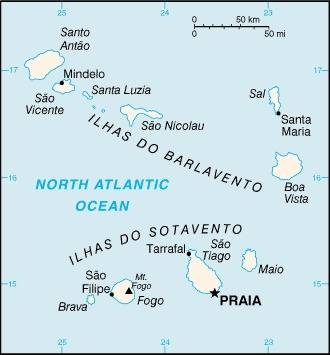
Locator map
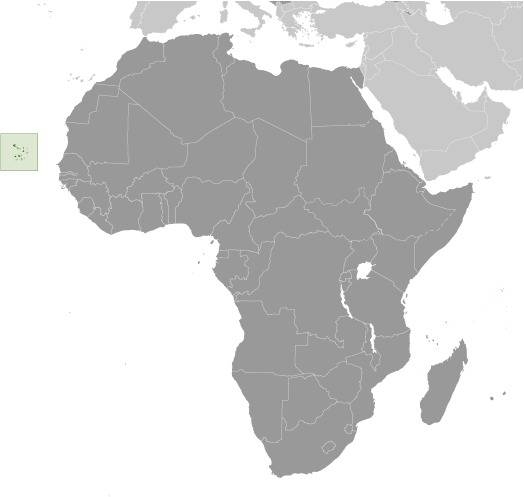
Flag
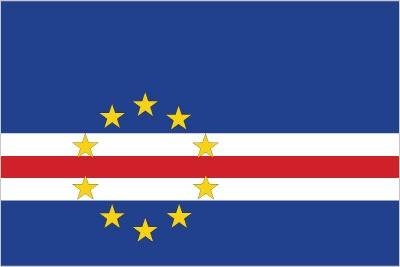
Capital: Praia.
Independence / foundation: The uninhabited islands were discovered and colonized by the Portuguese in the 15th century.
Following independence in 1975, and a tentative interest in unification with Guinea-Bissau, a one-party system was established and maintained until multi-party elections were held in 1990.
Population: 603,901
Currency: The Cape Verdean Escudo (CVE)
1 USD = 101 - 103 CVE
1 EUR = 110 CVE
Time zone: UTC-1
Languages spoken: Portuguese (official), Krioulo (a Portuguese-based Creole language with two main dialects spoken in Cabo Verde and in the Cabo Verdean diaspora worldwide).
Religions: Roman Catholic 77%, Protestant 5% (includes Church of the Nazarene 2%, Adventist 1%, Assembly of God <1%, Universal Kingdom of God <1%, and God and Love <1%), other Christian 3% (includes Christian Rationalism 2%, Jehovah's Witness 1%, and New Apostolic <1%), Muslim 2%, other 1%, none 11%, unspecified <1%.
Climate: Temperate cimate with warm, dry summers and meager and erratic precipitation.
Real GDP (ppp – purchasing power parity): $4 billion.
Real GDP per capita (ppp): $7,400.
Main airports: Amílcar Cabral International Airport.
World heritage sites in Cabo Verde
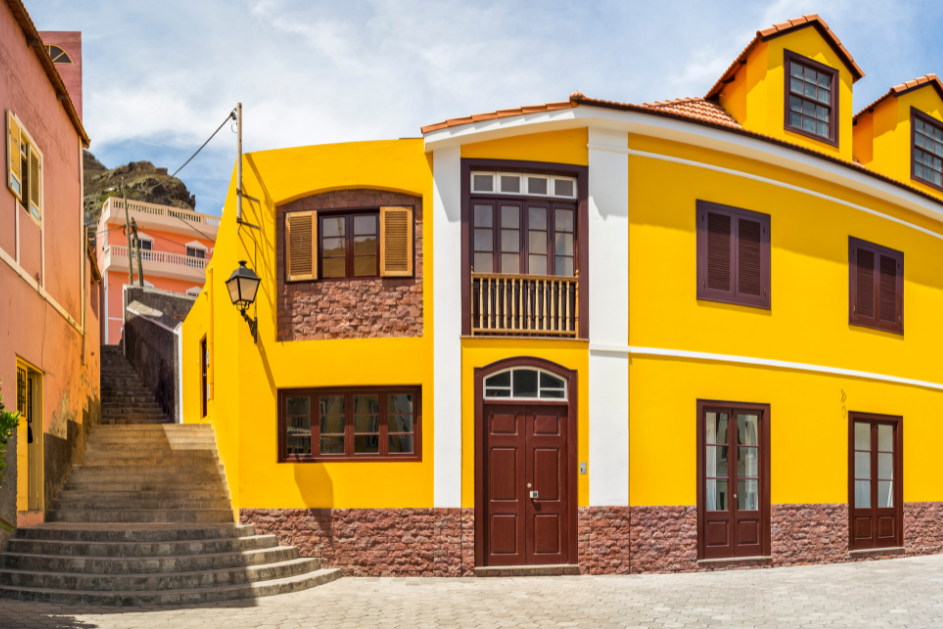
There are over 1,100 world heritage sites spread across more than 165 countries. New ones are added every year, and some may be removed from the list for various reasons.
Number of UNESCO listed sites: 1.
Top world heritage sites:
- Cidade Velha.- Historic Center of Ribeira Grande.
Interesting facts about Cabo Verde
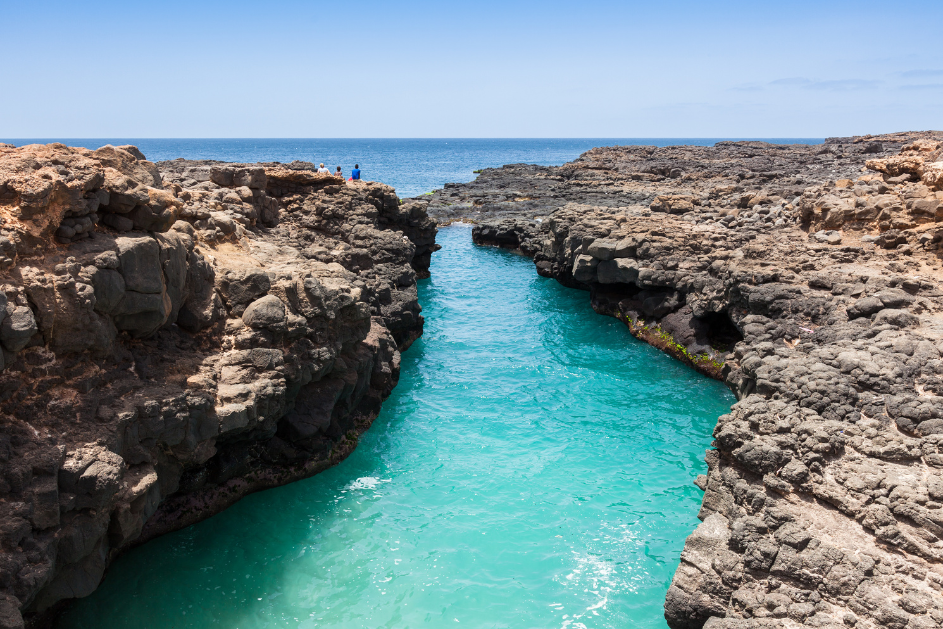
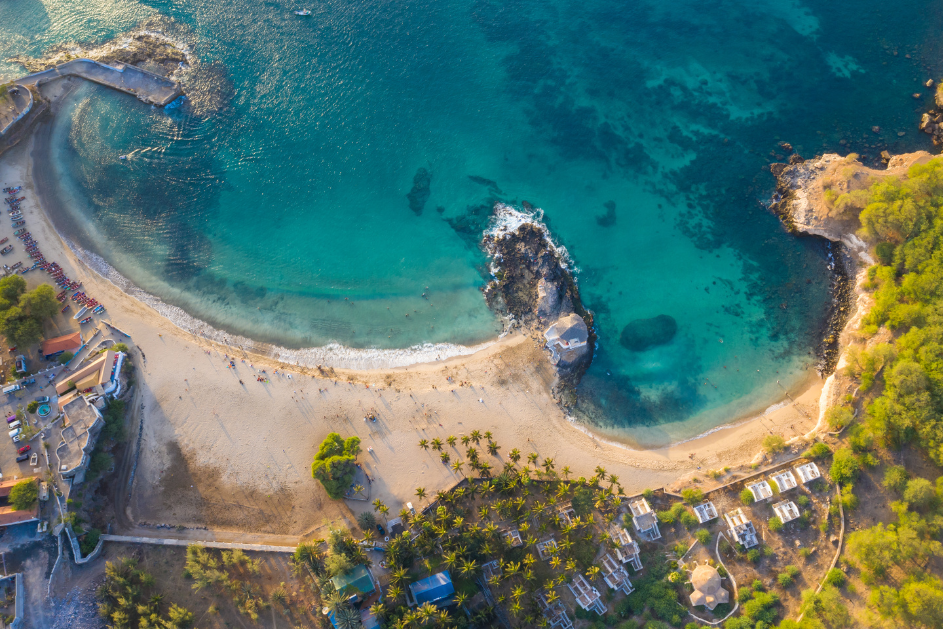
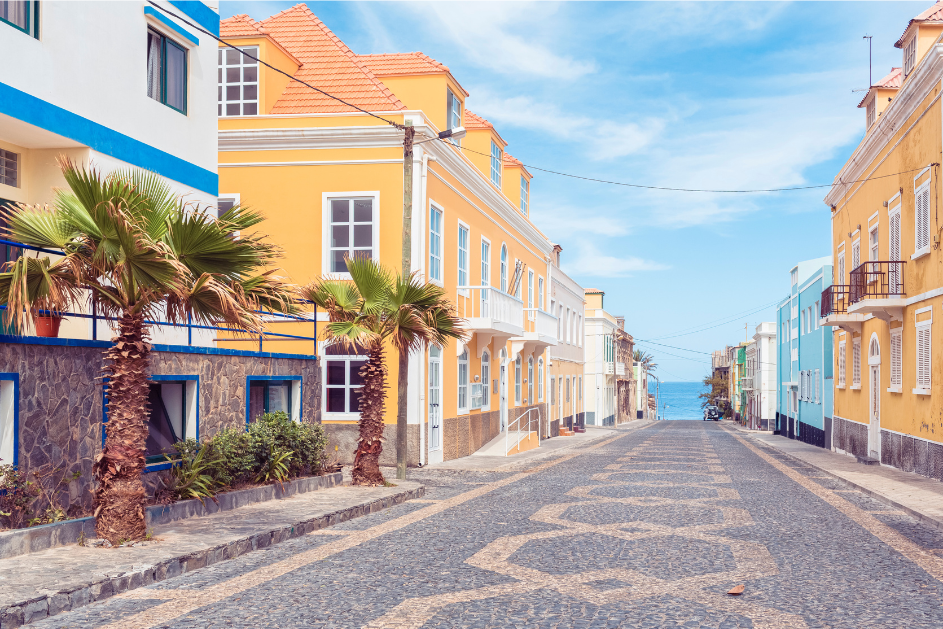
- Ervatão Beach, located on the south-east coast of Boa Vista, is the third most important loggerhead turtle nesting site in the world.
- There are more Cape Verdeans living outside of Cape Verde than there are on the islands themselves. During the second half of the 20th century, the country has suffered sever droughts which have led lots of locals to emigrate to the USA, Europe, Africa, and South America.
- During March and April, you can see humpback whales breeding at sea.
Further reading: N/A.
Cabo Verde Travel tips
Socket type: C / F. Guide to socket types.
Weekend days: Saturday and Sunday.
Driving: Cars drive on the Right.
Local taxi apps: Hannk.
Travel Guides: Lonely Planet, Bradt Guide.
Languages spoken: Portuguese (official), Krioulo (a Portuguese-based Creole language with two main dialects spoken in Cabo Verde and in the Cabo Verdean diaspora worldwide).
Basic words and phrases in the main language:
Hello: OláPlease: Por favor
Thank you: Obrigado/Obrigada
Help: Preciso de tua ajuda
Learn more with our favorite learning app Mondly.
Find a hotel in Cabo Verde
Booking.comBook tours and activities:
More about Cabo Verde on Solo Female Travelers
Coming soon.Did you spot any errors? We do our best to keep this information updated and accurate, but things change. If you saw anything that is not right, let us know so we can fix it: [email protected].
About the Solo Female Travel Safety Index
Safety matters to solo female travelers, you told us so in our annual Solo Female Travel Survey, where year after year, women prove that this is their most important concern when traveling solo.
We wanted to do something about it, so we built these country-specific pages where you can find reviews and scores for 7 key variables affecting the safety of women traveling solo.
Variables
- Risk of scam
- Risk of theft
- Risk of harassment
- Attitudes towards women
- UK Travel Advisory
- US Travel advisory
- Global Peace Index (GPI)
Informing OSAC
The Solo Female Travel Safety Score is used by the Overseas Security Advisory Council for including safety concerns for women travelers in their country security reports; OSAC is a partnership between the U.S. Department of State and private-sector security community.

How to use the Safety Index
On this page, you will find the country score and the personal opinions on safety of other women traveling solo.
You can sort the comments by:
- The level of experience traveling solo of the reviewer (beginner = <5 trips solo, Intermediate = 5 to 10 trips solo, Experienced = >10 trips solo).
- The age of the traveler.
- Whether they are a visitor or local.
- The date they were posted.
The safety scores range from 1 to 4 with 1 being the safest and 4 being the most dangerous for solo female travelers.
Thus, the lower the score, the safer the country.
Looking for more safety resources?
This entire website is devoted to helping women travel solo. Check out the links below to learn more:
Solo Female Travel Stats: Results from the the largest, most comprehensive and only global research study on solo female travel trends, preferences and behaviors published.
Thanks to Jacobo Vilella for creating the Solo Female Travelers Safety Index ❤️






